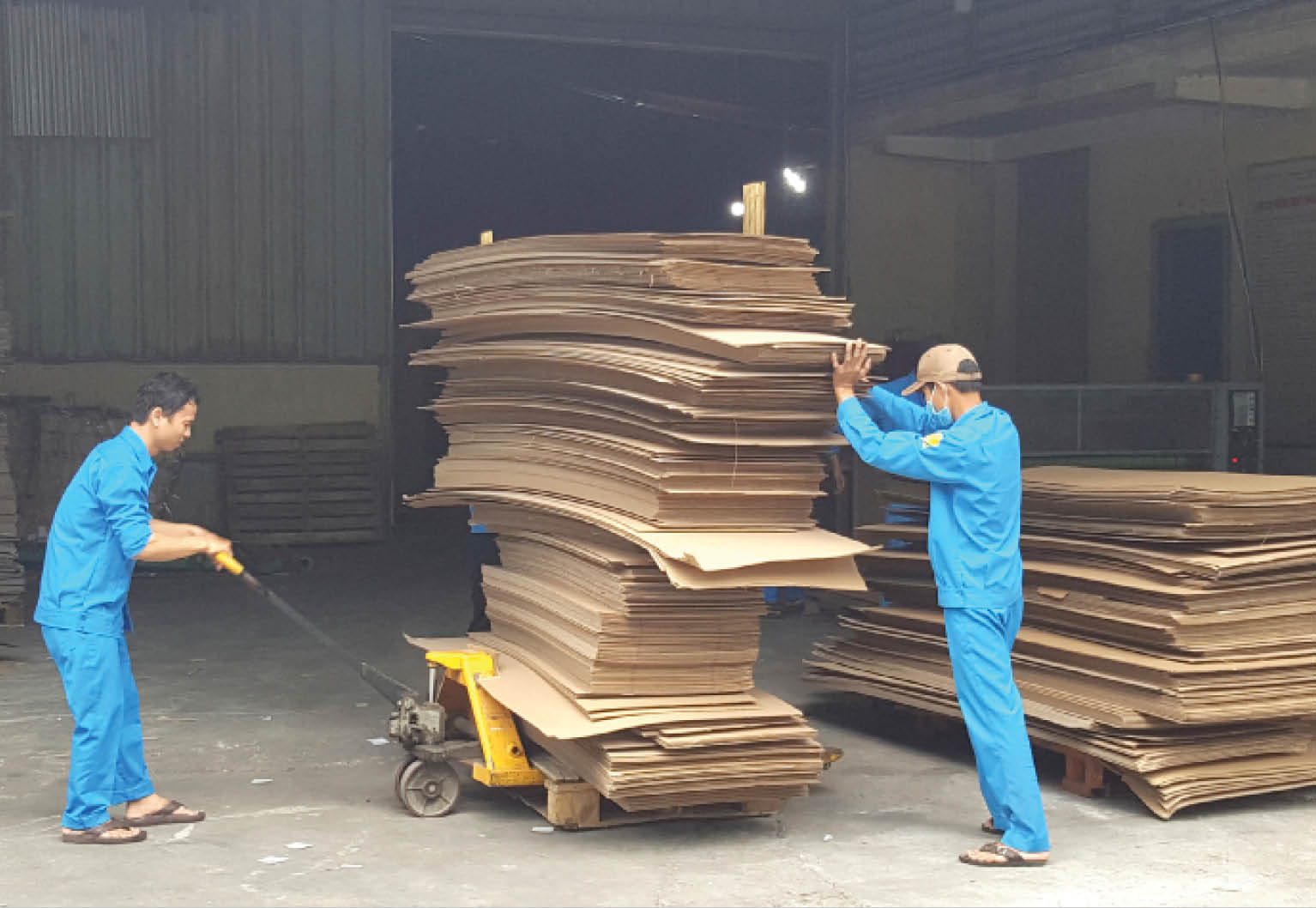Mr. Dang Huu Phuc, Director of the Department of Labor - Invalids and Social Affairs discussed this issue with Thua Thien Hue Weekly.

Mr. Dang Huu Phuc, Director of Department of Labor - Invalids and Social Affairs. Photo by PHAN THANH
Currently, there are tens of thousands of workers returning from pandemic areas. Has the Department reviewed the job demands to come up with solutions to create jobs and stabilize their lives?
According to the localities’ statistics, more than 25,000 laborers have returned to Thua Thien Hue so far, in which there are 16,198 people of working age who are in need of jobs, vocational training and loans for job creation, accounting for more than 64% of the number of workers returning to the locality from other provinces and cities.
Among them, there are 9,791 people who need to receive job referrals, 1,431 who need to learn vocational skills, 342 who need to work abroad under contracts and more than 4,618 who need loans for job creation.
How many people are expected to stay in their hometown for a long time and will their skills meet the requirements of the business?
It is difficult to quantify because the long-term stay in the hometown depends on the aspirations, needs, and work-life balance of each individual. However, with the responsibility of the sector of Labor, Invalids and Social Affairs, the unit will provide job referrals, career change training, advice forthe Provincial People's Committee to have specific and practical support mechanisms and policies, creating jobs for people to stabilize their lives and ensure social security.
In fact, the working conditions and environment in the hometown may be better, equal to or even slightly lower than those of other localities, yet the majority still want to stay in their hometown for a long time.
As for the skills of workers, these people have worked for a long time at companies and factories in Ho Chi Minh City and southern provinces, so I think most of them have professional qualifications as well as good skills, vocational skills and industrial bearing.
Therefore, returning laborers can fully meet jobs requirements in the industries that currently have 36 enterprises in the province that is in need of recruiting 8,341 employees, 6,290 of which are garment workers.
It seems that the number of more than 8,300 employees sought after by 36 businesses is still low as compared to the figure for returning workers. How does the Department plan to deal with this balance?
According to the statistics, there are 9,791 people returning to the locality in need of job referrals. Therefore, in case 36 enterprises can offer 8,341 jobs for 9,791 people, more than 85% of the need will be satisfied. Regarding the rest of them, the Department will continue to implement some solutions, such as counseling, providing job referrals and career change training for those in need to bring them back to the labor market soon.

The demand for garment and common workers in the locality being very huge, assisting many returning workers in quickly having stable jobs.
In addition, the Department will create conditions and connect businesses operating in the field of sending laborers to work abroad under contracts to best facilitate 342 people wishing to work abroad.
Besides, the Department will continue to strengthen the connection between labor supply and demand, organize platforms for job exchange, provide vocational training and job consultancy, coordinate with local authorities to promote local jobs through traditional, agricultural and non-agricultural occupations so as to help laborers get jobs and increase their incomes, etc.
Does that mean in order for all laborers returning to their hometowns to have jobs, not only businesses but also local authorities need to get involved, or in other words, the economic structure needs to be transformed to create jobs to ensure social security?
Creating jobs for people is a very important task. This is not only the responsibility of enterprises but also requires the participation of the whole political system, making it the responsibility of the whole society. The number of workers that businesses are looking for are mainly in the garment industry, so that is only a short-term solution.
In the long term, local authorities need to have solutions to create jobs for people through creating mechanisms and policies to attract domestic and foreign investment capital, so that enterprises can expand their production scale. Simultaneously, it is important to encourage people to invest in and register to establish creative businesses. The economic restructuring should also be suitable to each stage of the province's development to create many new jobs requiring professional skills and knowledge, etc.
Shouldering labor burden is the responsibility of the whole society, so what is the biggest difficulty of the locality and what is the solution to this problem?
In my opinion, the biggest difficulty of the locality is that there are not many enterprises with large scale of production and business activities, most of which are small, medium and micro enterprises. As a result, creating jobs for people is still unsustainable.
Therefore, having appropriate incentive and investment attraction mechanisms and policies is a key to encouraging enterprises to expand their investment activities, production and business as well as attract more investment capital into the province to form enterprises. At the same time, it is necessary to stimulate creativity and entrepreneurship in every citizen so that they can build their own business and career.
In addition, the locality needs to determine the model as well as the economic transformation so that it can create many new jobs and attract more investment capital to the province, especially in spearhead industries of the province such as tourism, hotels, textiles, etc.
Thank you very much!
Interview conducted by HOAI THUONG
